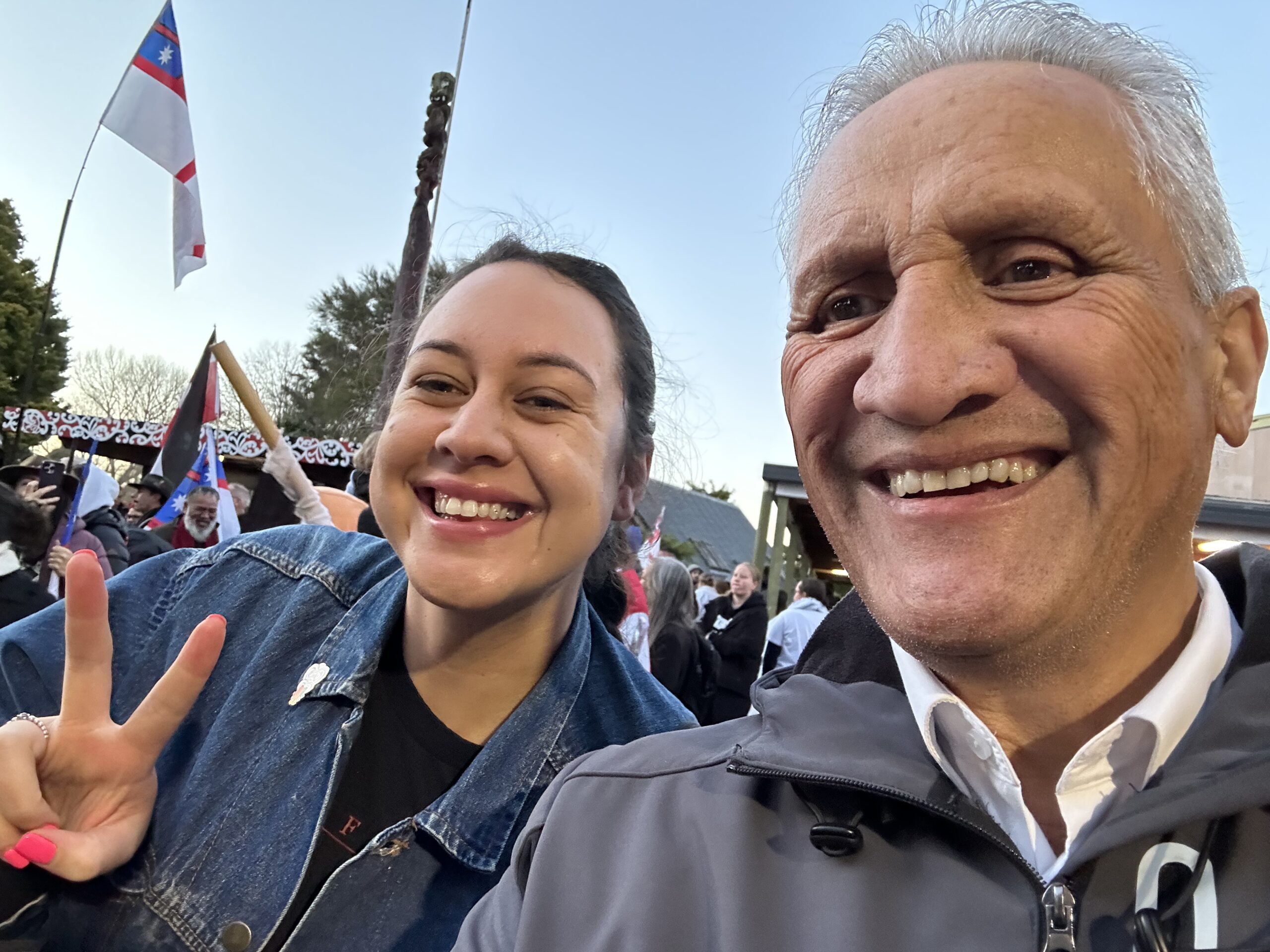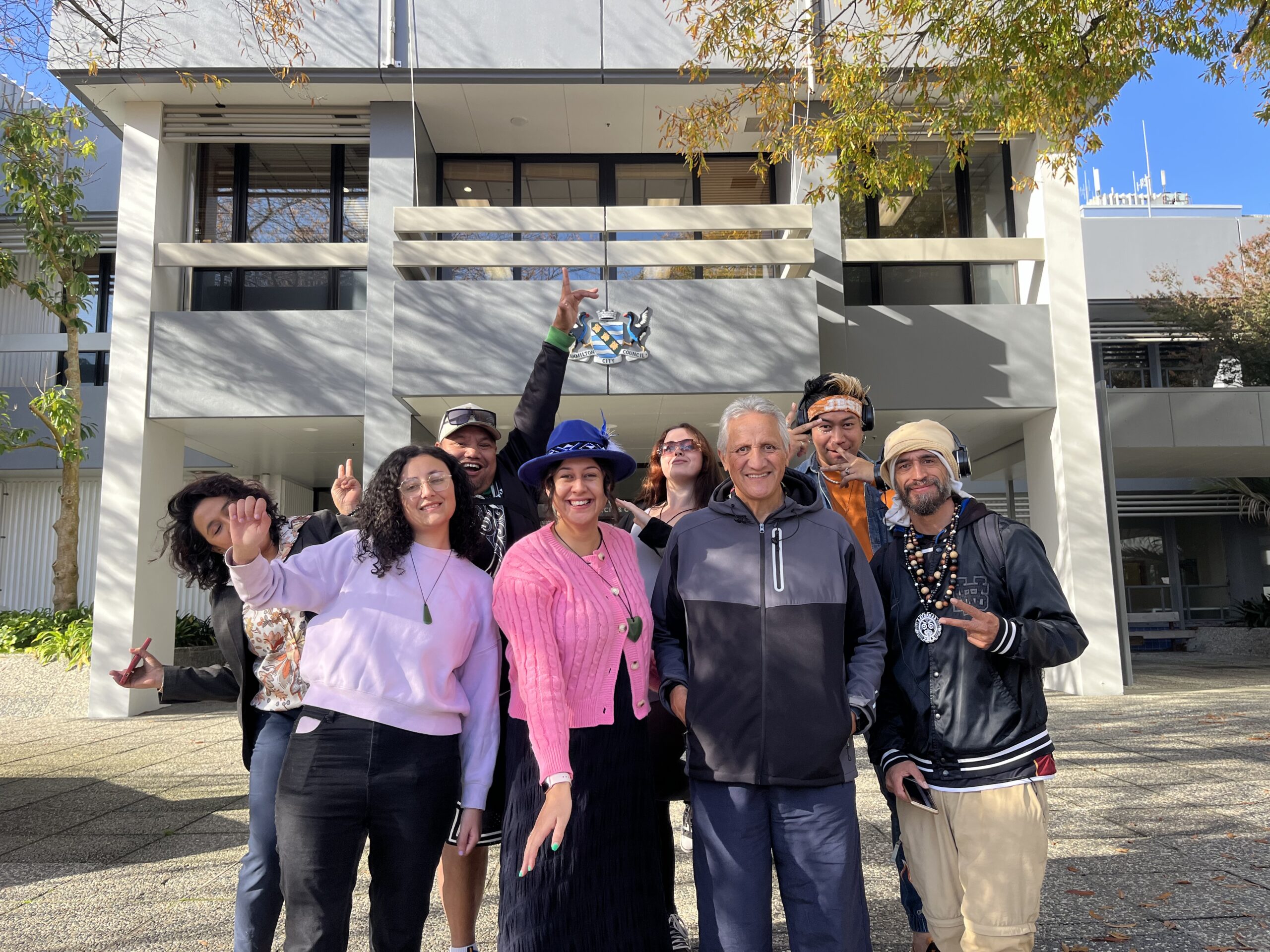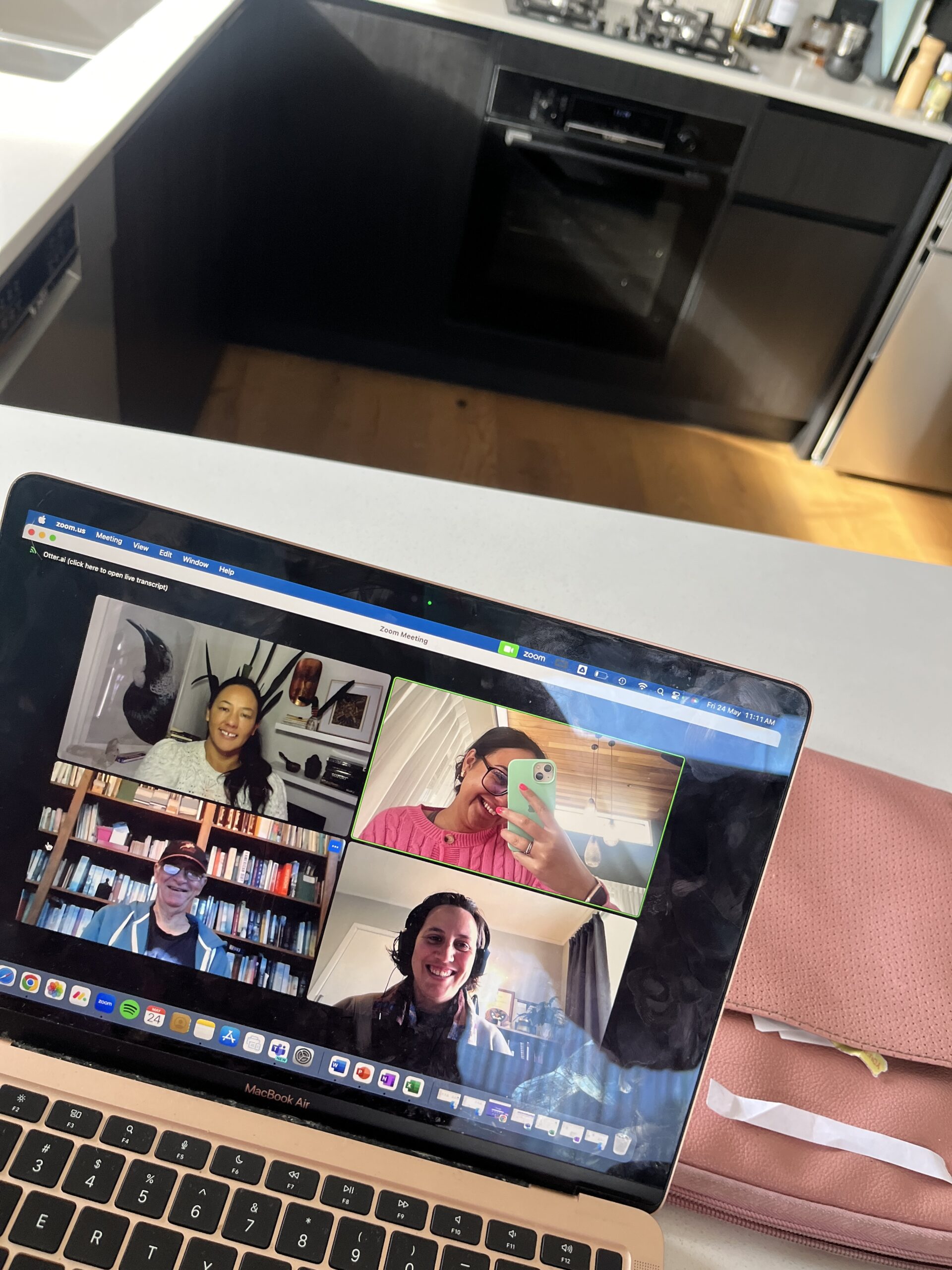
Jahvaya Wheki
Ngāti Hauā (Waikato)
Pou Herenga Tangata Award recipient 2023
In 1946 in Hamilton, Kirikiriroa – marginalised communities were excluded from participating in civic processes. Our cities coat of arms was introduced 75 years ago through a competition. Its symbolism represents a painful time for our people. It fails to align with Te Tiriti o Waitangi and lacks a prosperous equitable vision for our city’s future. It’s time for change!
The use of funding will be allocated as follows:
- Design and Artistic Services
- Professional graphic designers or artists will be essential for creating the updated coat of arms. They will work on conceptualizing and designing the new elements, considering cultural and social aspects.
- Research and Cultural Consultation
- We will consult local historians, cultural experts, and community members to ensure the new coat of arms accurately represents the city’s heritage, values, and aspirations. This consultation will involve gathering insights and feedback to guide the design process.
- Materials and Printing
- Once the design is finalized, you’ll need to print the updated coat of arms on various materials, such as banners, posters, and digital formats. This cost includes printing and material expenses.
- Community Engagement and Workshops
- Organize community engagement events and workshops to involve residents in the design process. This cost includes venue rental, materials for workshops, and refreshments.
- Promotion and Communication
- Allocate funds for promoting the project through social media, local newspapers, and other communication channels. This will help generate awareness and gather support from the community.
- Documentation and Photography
- Document the project’s progress and final outcomes through photography and video. This documentation can be used for reporting, future presentations, and promotional materials.
- Contingency
- Funding is set aside for any unexpected expenses that might arise during the project.
Kaupapa update from Jahvaya
What were the major outcomes of this kaupapa?
The key outcomes are as stands:
1) Have a city mural that represents our city.
2) Tell untold stories of Kirikiriroa from 1946.
3) Collective healing through inclusive processes that focus on co-design and valuing everyone’s voice.
– I have been working with systems change makers who have indigenous frameworks – I have been able to plan and get further strategic understanding around how to progress this kaupapa forward.
– I have been working with Hamilton City Librarians who have sourced a variety of historical resources / information on maaori in Kirikiriroa.
– I have ran a community event that taught me further about the art of bringing people together.
– Developing more relationships in the community, which has a lot of time has gone into to build trust.
– Shadowing beloved kaumatua of Kirikiriroa – Tame Pokaia to further learn more about his mahi and our city – The experience has been amazing.
– The key has also probably been observing how this kaupapa has been able to sense and respond to a variety of changes and how it has been closely related to my learnings. I have sensed that this kaupapa is deeper than just updating the Hamilton City Coat of Arms. But that it is also about collective healing and understanding our cities history. This has been a deep part of our city that a lot of people are not aware of. This project has also birthed anew passion about understanding our cities tohu. I think that this is also super important.
What were some of the challenges your kaupapa faced during its implementation?
– With all of these realisations coming to the forefront it is hard to know what should be prioritised when history as well as the tohu are both important and part and parcel of this kaupapa.
– Thinking a lot about the process and structure. It’s been a bit overwhelming at times I’ve felt lost and confused about how to do it (if that makes sense?)
I am trying to simplify it as much as I can and not let my fear of being seen get in the way.
– Having a kaupapa that has involved the way that it has is hopeful for all of the knew guidance that has been bought into my awareness in knowing that this is a really deep kaupapa that has the ability to help tell untold stories of our cities past and create collective healing to move forward together stronger than ever.
How did this kaupapa benefit from the Pou Herenga Tangata Award?
I have never received funding before and it’s been an honor to receive it for a kaupapa that I feel so passionately about. Having a project that has evolved is interesting because it has bought more ideas forward about the various areas that the funding could be used to tell stories, dive into history amongst other things. It has created a possibility for more to be done and has given the kaupapa more options to branch out into. Overall, the funding has been so valuable and it has also taught me a lot about how to manage funds and be organised in new rangatira ways.
What are your future plans for this kaupapa?
My dreams are to further develop more stories that focus on the untold stories of our city from people who weren’t allowed to be engaged in civic processes. There are so many voices that have been left out and it’s important for them to be heard. My dream is that people will have one resource which focuses on all of the tohu in our city with their back ground. My dream is that there will be a history book of Hamilton Kirikiriroa that our tamariki can learn from and understand. My dream is that our new city tohu will encapsulate the dreams of the rangatahi of apōpō and it’s a symbol that we can be proud of.







